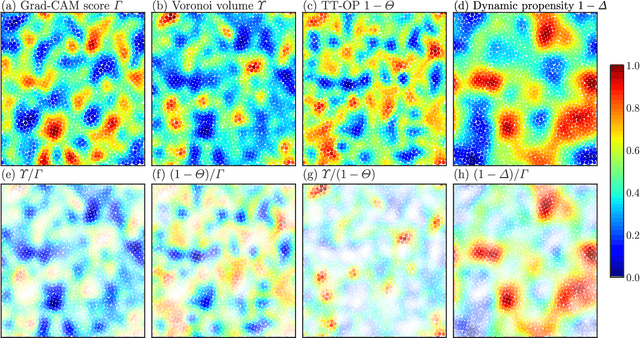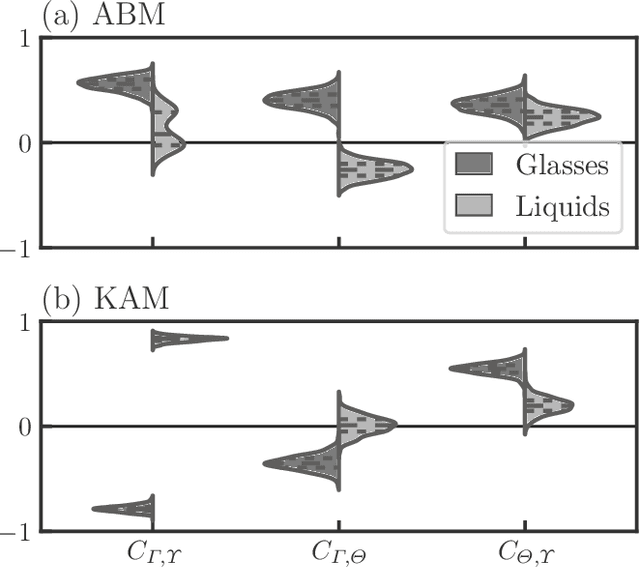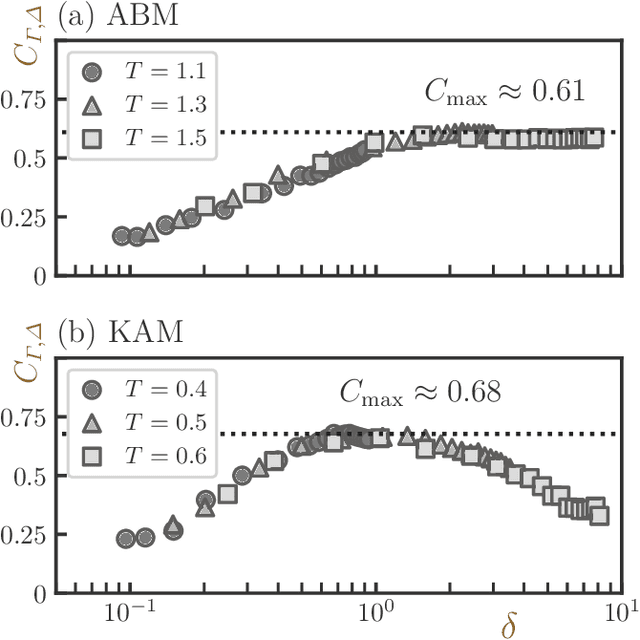Shihori Koyama
Predicting unobserved climate time series data at distant areas via spatial correlation using reservoir computing
Jun 05, 2024Abstract:Collecting time series data spatially distributed in many locations is often important for analyzing climate change and its impacts on ecosystems. However, comprehensive spatial data collection is not always feasible, requiring us to predict climate variables at some locations. This study focuses on a prediction of climatic elements, specifically near-surface temperature and pressure, at a target location apart from a data observation point. Our approach uses two prediction methods: reservoir computing (RC), known as a machine learning framework with low computational requirements, and vector autoregression models (VAR), recognized as a statistical method for analyzing time series data. Our results show that the accuracy of the predictions degrades with the distance between the observation and target locations. We quantitatively estimate the distance in which effective predictions are possible. We also find that in the context of climate data, a geographical distance is associated with data correlation, and a strong data correlation significantly improves the prediction accuracy with RC. In particular, RC outperforms VAR in predicting highly correlated data within the predictive range. These findings suggest that machine learning-based methods can be used more effectively to predict climatic elements in remote locations by assessing the distance to them from the data observation point in advance. Our study on low-cost and accurate prediction of climate variables has significant value for climate change strategies.
What Do Deep Neural Networks Find in Disordered Structures of Glasses?
Jul 31, 2022



Abstract:Glass transitions are widely observed in a range of types of soft matter systems. However, the physical mechanism of these transitions remains unknown, despite years of ambitious research. In particular, an important unanswered question is whether the glass transition is accompanied by a divergence of the correlation lengths of the characteristic static structures. Recently, a method that can predict long-time dynamics from purely static information with high accuracy was proposed; however, even this method is not universal and does not work well for the Kob--Andersen system, which is a typical model of glass-forming liquids. In this study, we developed a method to extract the characteristic structures of glasses using machine learning or, specifically, a convolutional neural network. In particular, we extracted the characteristic structures by quantifying the grounds for the decisions made by the network. We considered two qualitatively different glass-forming binary systems and, through comparisons with several established structural indicators, we demonstrate that our system can identify characteristic structures that depend on the details of the systems. Surprisingly, the extracted structures were strongly correlated with the nonequilibrium aging dynamics on thermal fluctuation.
 Add to Chrome
Add to Chrome Add to Firefox
Add to Firefox Add to Edge
Add to Edge